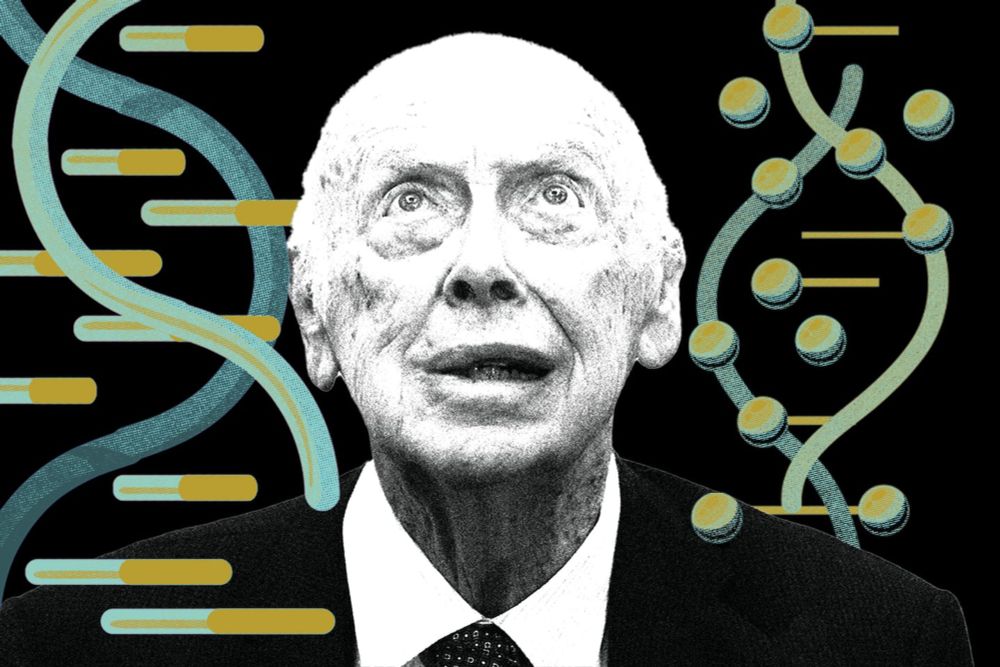
http://www.youtube.com/@talkpopgen

🔗 doi.org/10.1093/molbev/msaf284
#evobio #molbio #eusociality

🔗 doi.org/10.1093/molbev/msaf284
#evobio #molbio #eusociality

An ancient recombination desert is a speciation supergene in placental mammals
www.nature.com/articles/s41...

An ancient recombination desert is a speciation supergene in placental mammals
www.nature.com/articles/s41...
By the great Sohini Ramachandran (@sramach.bsky.social) and your boy for The Boston Globe (@bostonglobe.com).
www.bostonglobe.com/2025/11/14/o...

By the great Sohini Ramachandran (@sramach.bsky.social) and your boy for The Boston Globe (@bostonglobe.com).
www.bostonglobe.com/2025/11/14/o...
Our research, published today in Science, reveals remarkable concordance between human and dog genomes through time, highlighting how deeply intertwined our evolutionary histories have been over the past 11,000 years.
🔗 Read the full paper here: www.science.org/doi/10.1126/...

Our research, published today in Science, reveals remarkable concordance between human and dog genomes through time, highlighting how deeply intertwined our evolutionary histories have been over the past 11,000 years.
🔗 Read the full paper here: www.science.org/doi/10.1126/...

academic.oup.com/mbe/advance-...

academic.oup.com/mbe/advance-...
This paper started when @3rdreviewer.bsky.social, Mike, and I had a lunch at which there was a lot of, "What do you mean when you say X?" Fun to spend time thinking about when terms get too muddy, and great work by Drew to pull it all together!
This paper started when @3rdreviewer.bsky.social, Mike, and I had a lunch at which there was a lot of, "What do you mean when you say X?" Fun to spend time thinking about when terms get too muddy, and great work by Drew to pull it all together!
🔗 doi.org/10.1093/gbe/evaf196
#genome #evolution

🔗 doi.org/10.1093/gbe/evaf196
#genome #evolution
🔗 doi.org/10.1093/molbev/msaf247
#evobio #molbio #PlantSky

🔗 doi.org/10.1093/molbev/msaf247
#evobio #molbio #PlantSky
www.biorxiv.org/content/10.1...

www.biorxiv.org/content/10.1...
Today, we report the discovery of telomerase homologs in a family of antiviral reverse transcriptases, revealing an unexpected evolutionary origin in bacteria.
doi.org/10.1101/2025...

Today, we report the discovery of telomerase homologs in a family of antiviral reverse transcriptases, revealing an unexpected evolutionary origin in bacteria.
doi.org/10.1101/2025...

This work has been a major project of @tbadet.bsky.social during his time in our lab.
We hope to stimulate much more exciting work on fungal TEs.
journals.plos.org/plosbiology/...
This work has been a major project of @tbadet.bsky.social during his time in our lab.
We hope to stimulate much more exciting work on fungal TEs.
journals.plos.org/plosbiology/...
www.sciencedirect.com/science/arti...

www.sciencedirect.com/science/arti...

bio.unc.edu/people/facul...
bio.unc.edu/people/facul...
..we reflect on implications for evolutionary scholars and for the field as a whole, in terms of ethics and public image”
www.cambridge.org/core/journal...
..we reflect on implications for evolutionary scholars and for the field as a whole, in terms of ethics and public image”
www.cambridge.org/core/journal...
doi.org/10.1093/evle...

doi.org/10.1093/evle...
1/
www.sciencedirect.com/science/arti...
1/
www.sciencedirect.com/science/arti...

www.cell.com/cell/fulltex...
www.cell.com/cell/fulltex...

